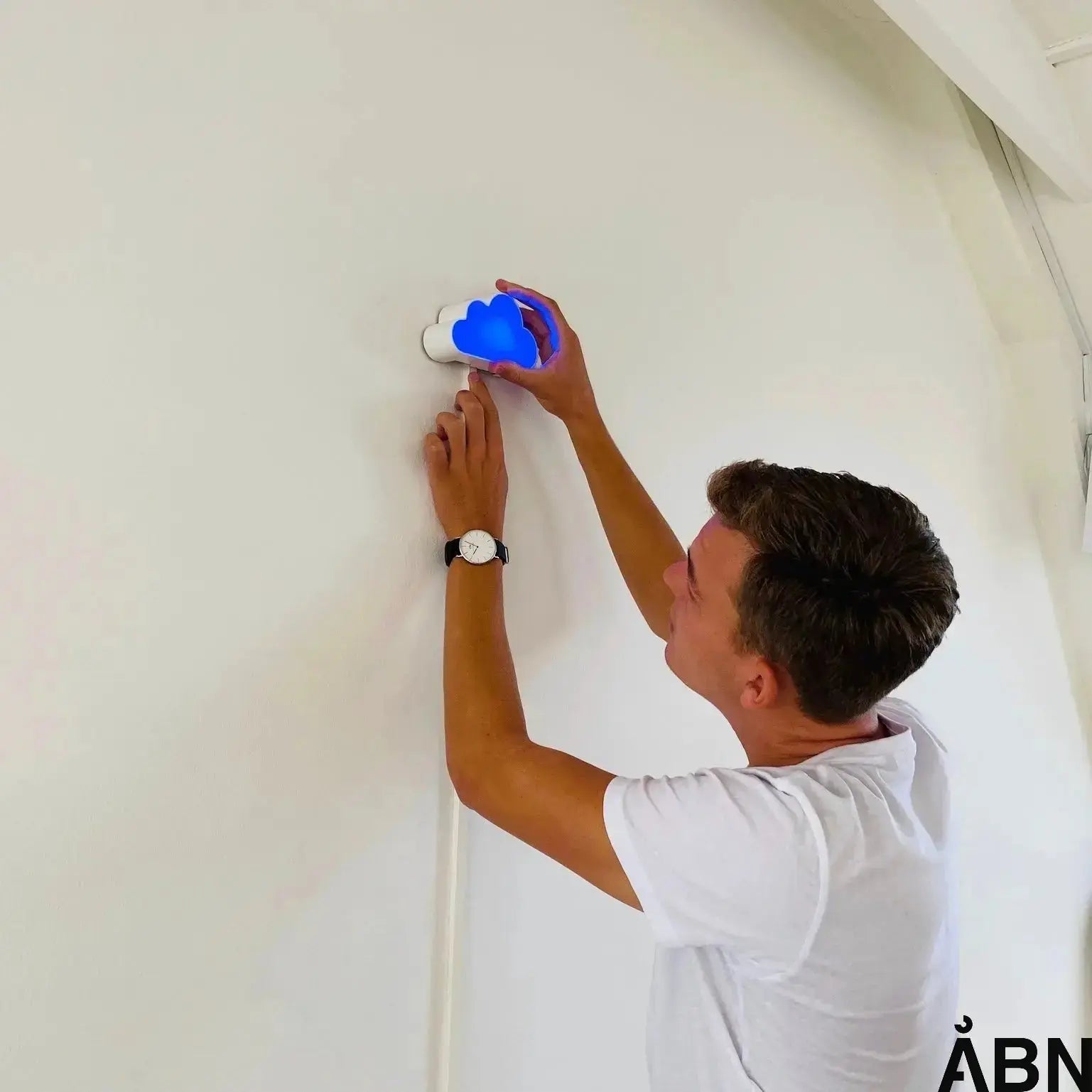The indoor climate in the workplace is of great importance for the well-being, productivity and health of employees. Poor air quality, insufficient ventilation and inappropriate temperatures can lead to headaches, fatigue and increased sick leave. That is why there are a number of rules for indoor climate in the workplace that employers must comply with. But what do they actually entail?
What does the legislation say about indoor climate?
According to the Danish Working Environment Authority, employers are obliged to ensure a safe working environment, including a healthy indoor climate. This is regulated by the Working Environment Act, which stipulates, among other things, that:
- The air quality must be satisfactory – there must be no harmful concentrations of dust, smoke, chemicals or other pollutants.
- Ventilation must be sufficient – fresh air supply must ensure that CO₂ levels are kept below 1000 ppm.
- The temperature must be appropriate – work spaces should typically stay between 20-25 degrees depending on the type of work.
- Dampness and mold must not occur – buildings must be free of damage that could negatively affect the indoor climate.
These requirements are supplemented by the Building Regulations (BR18), which set technical requirements for, among other things, ventilation in new and existing buildings.
How does the indoor climate affect the working day?
A poor indoor climate can lead to the syndrome "Sick Building Syndrome" (SBS), where employees experience symptoms such as:
- Fatigue and difficulty concentrating
- Headache and irritated eyes
- Allergic reactions
- More frequent sick days
A study from CONCITO shows that improved indoor climate can increase employee productivity and significantly reduce sick leave.
5 things you can do to improve the indoor climate at work
-
Ensure good ventilation
Avoid stagnant air and ensure that the ventilation system is functioning properly and cleaned regularly. -
Keep an eye on CO₂ levels
CO₂ meters can help monitor air quality. If the level exceeds 1000 ppm, ventilation should be done. -
Check temperature and humidity
The ideal temperature for sedentary work is 20-22°C. Humidity should be between 40-60% to avoid dry air and mold growth. -
Reduce dust and chemicals
Limit the use of harsh cleaning agents and ensure regular cleaning of work areas. -
Take advantage of technology for indoor climate control
Solutions like SKYEN+ from ÅBN provide real-time data about the indoor climate, so the workplace can actively improve air quality.
Checklist: Does your workplace comply with the regulations?
✅ Sufficient ventilation and fresh air supply
✅ CO₂ level below 1000 ppm
✅ Temperature between 20-25°C
✅ No signs of mold or moisture
✅ Regular cleaning and maintenance of ventilation system
If the workplace does not comply with regulations for indoor climate in the workplace, it can lead to orders from the Danish Working Environment Authority and potential compensation claims from employees.
Does your workplace need a better indoor climate?
At ÅBN , we help companies create a healthier working environment with intelligent indoor climate solutions .
Contact us for a free assessment of your indoor climate!









